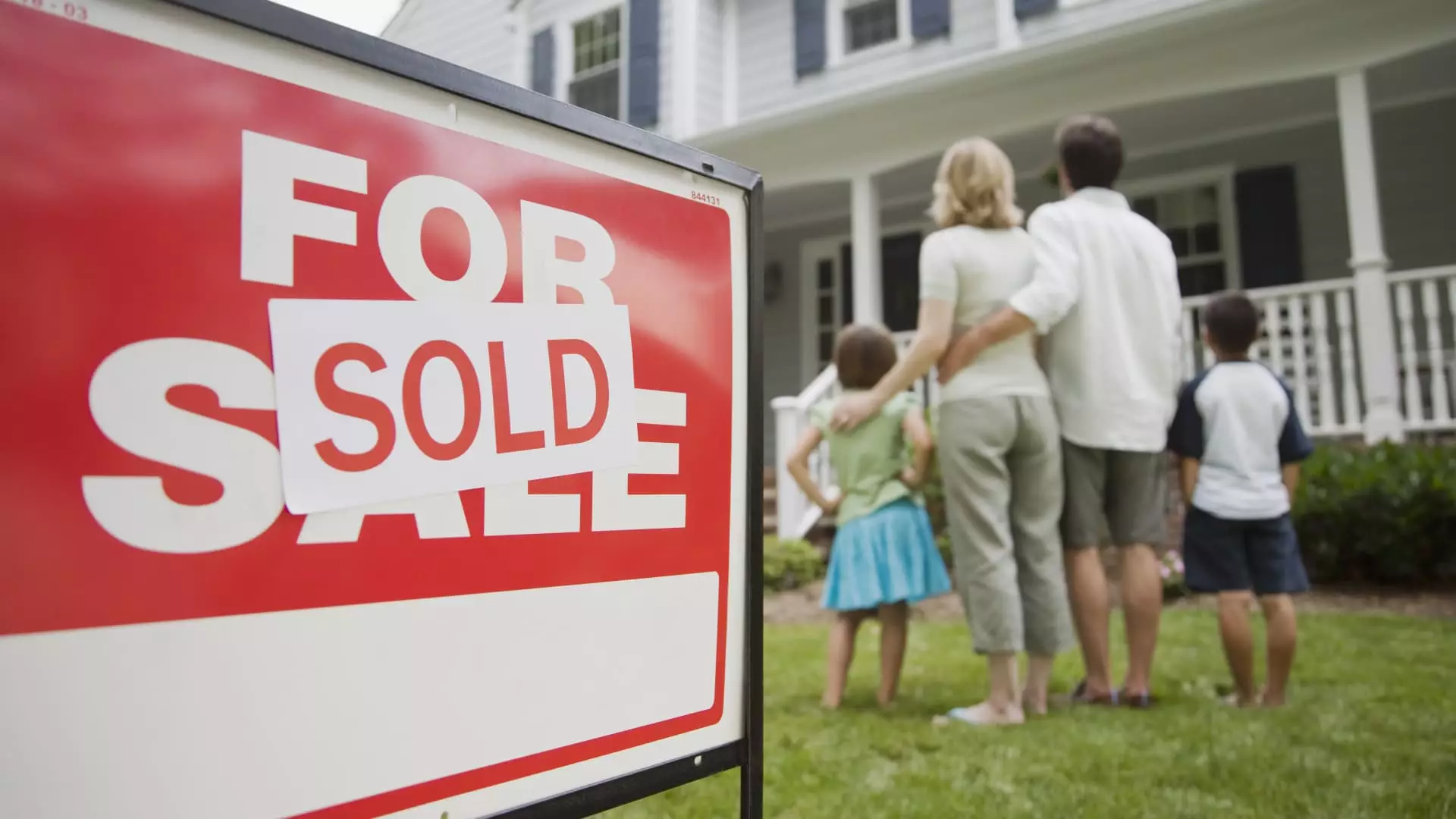Homebuyers are increasing the amount they put down to purchase a home, with the average down payment reaching 13.6% in the first quarter of 2024. Contrary to common belief, the typical down payment is still well below the 20% mark that many consider to be the gold standard for home purchases. While 20% down offers advantages such as avoiding mortgage insurance or reducing monthly payments, it is not a strict requirement.
Raising your down payment can help lower monthly mortgage costs, but it can be a challenge for many households. The housing market is facing affordability issues, making it difficult for buyers to accumulate enough savings for a substantial down payment. Close to 40% of Americans cite a lack of savings as a barrier to homeownership, highlighting the financial obstacles many face when trying to purchase a home.
Experts emphasize that buyers do not need to put down 20% to purchase a home. National averages for down payments fall between 10% and 15%, with some states reporting averages well below 20%. Various loan programs, such as VA loans, USDA loans, and FHA loans, offer down payment options as low as 0% to help buyers with various financial backgrounds access homeownership.
While a lower down payment can address affordability challenges, it comes with additional costs. Borrowing more from a lender to offset a smaller down payment increases monthly mortgage costs. It can also impact your eligibility for the best available interest rates and may require you to pay for private mortgage insurance. Understanding the financial implications of different down payment amounts is crucial when determining the most suitable option for your home purchase.
Private mortgage insurance (PMI) can add significant expenses to your monthly mortgage payment, ranging from 0.5% to 1.5% of the loan amount per year. For example, on a $300,000 loan, PMI premiums could total $1,500 to $4,500 annually. Lenders typically cancel PMI once you reach 22% equity or allow you to request its removal at the 20% equity mark. Some buyers opt for a “piggyback mortgage” to avoid PMI, but this second loan often carries a higher interest rate.
These insights shed light on the evolving landscape of down payments for home purchases. While 20% down remains a popular choice for many buyers, exploring alternative down payment options and understanding their financial implications can help you make informed decisions when navigating the real estate market.

Leave a Reply